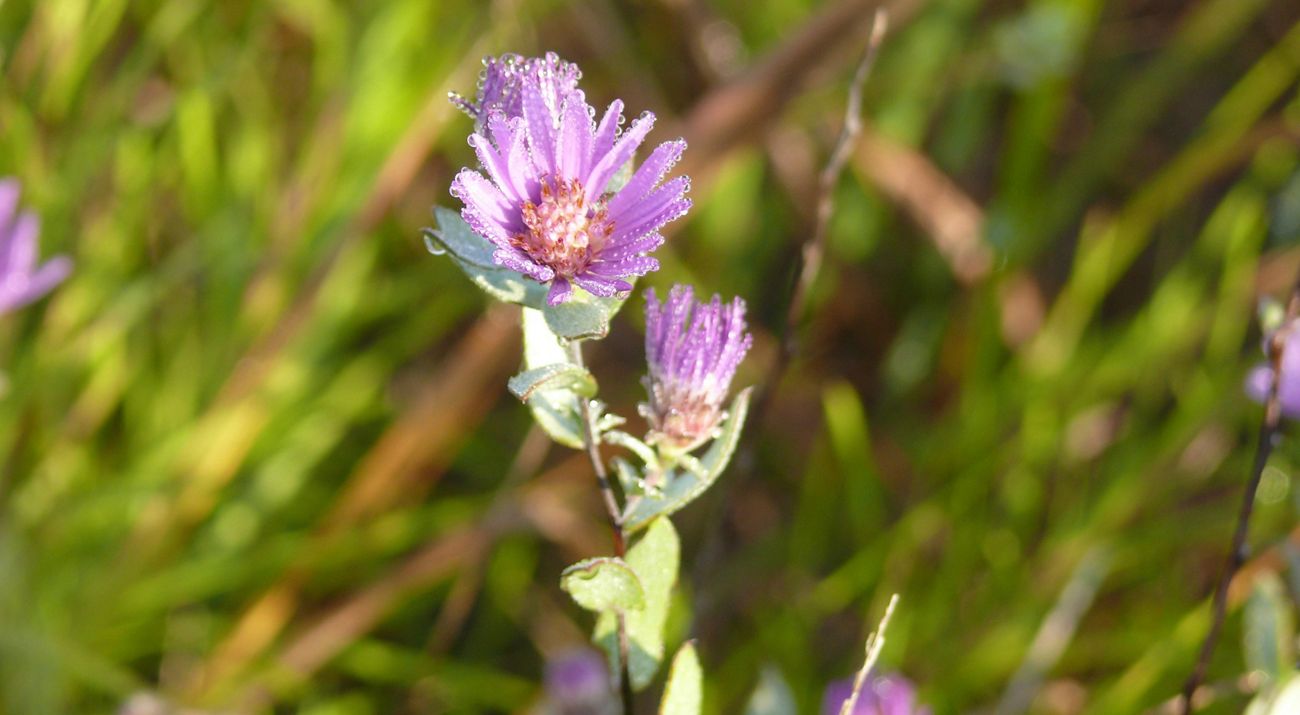Description
Schaefer Prairie is a remnant of the once-vast northern tallgrass prairie that covered millions of acres in Minnesota, the Dakotas and Iowa. Today, the rich soils of wet, mesic and dry prairies at Schaefer harbor an estimated 275 plant species—245 of which are native to Minnesota—unusual for a site that is just 45 minutes from downtown Minneapolis. In the spring and fall, volunteers, students and neighbors are invited to help with seed collection and distribution at the preserve.
Why TNC Selected This Site
In 1955 Dr. Walter Breckenridge, a founding board member of the Minnesota Chapter and then-director of the Bell Museum of Natural History, visited the site—then known as Brownton Prairie—and recommended its preservation as a research area. At the time, Lulu Schaefer Leonard owned the property and had received several offers to purchase it. Due to the family's interest in the beauty and preservation of the property, Mrs. Leonard agreed to sell to The Nature Conservancy in 1967.
What TNC Has Done/Is Doing
To maintain the prairie, the preserve has been divided into several units, each of which is burned every four years in April or October. In recent years volunteers have collected seeds from the prairie for restoration and transplantation. A showcase area in the southeast corner has been enriched by approximately 5,000 seedlings. Large-scale restoration was carried out in 1996 and 1997 on the 45-acre old field on the preserve. Half the area was burned and planted with seeds collected on site. The other half was treated with herbicide and tilled beforehand to see if those treatments significantly improve the success of the restoration. Volunteers also protect the prairie by removing weeds like Canada thistle and by cutting Siberian elm, European buckthorn and other woody species off the grassland areas.
Area school children, as well as college students and researchers, are granted permission to use Schaefer Prairie as an outdoor classroom.
